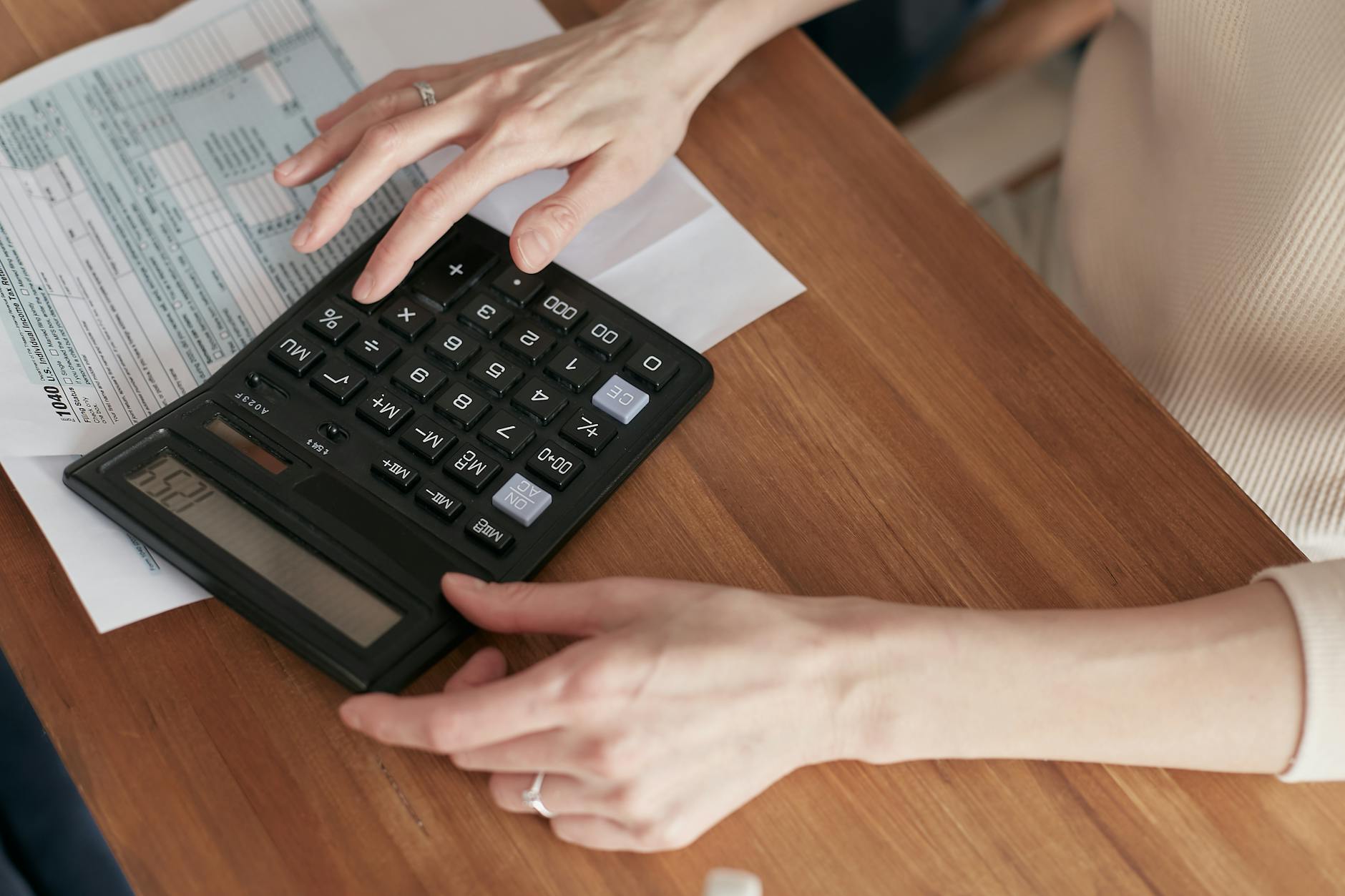Maximizing Cost Optimization with Accounting Analytics
Maximizing cost optimization with accounting analytics is a transformative approach that organizations are increasingly adopting to improve financial performance and operational efficiency. As businesses face ever-growing competition and economic uncertainties, controlling costs without sacrificing quality has become crucial. Accounting analytics combines traditional accounting principles with advanced data analysis techniques to provide deeper insights into cost structures, spending patterns, and financial risks. This integration allows companies to identify inefficiencies, allocate resources more strategically, and forecast future expenses with greater accuracy. In this article, we will explore how accounting analytics can be leveraged to maximize cost optimization, discussing key methodologies, benefits, and practical applications that empower businesses to sustain profitability in an evolving market landscape.
Understanding accounting analytics in cost management
Accounting analytics refers to the use of data analysis tools and techniques on financial and operational accounting information. Unlike basic accounting practices focused on historical recording, accounting analytics digs deeper into the data to uncover trends, correlations, and anomalies related to costs. By analyzing various accounting data points—such as general ledger entries, accounts payable, and expense reports—organizations gain visibility into where money is being spent and why.
This analytical approach enables companies to categorize costs more effectively, distinguishing between fixed, variable, and discretionary expenses, which is critical for making informed cost optimization decisions. Additionally, predictive models can forecast cost behaviors under different scenarios, assisting in budget planning and risk mitigation.
Identifying inefficiencies through data-driven insights
One of the primary advantages of incorporating accounting analytics is the ability to pinpoint inefficiencies that traditional accounting might miss. For example, analytics can detect patterns of supplier overcharging, duplicated payments, or underutilized resources. Using tools like variance analysis, ratio analysis, and cost trend evaluation, companies can uncover hidden cost drivers and operational bottlenecks.
Implementing dashboards and visualization tools, finance teams can monitor key performance indicators (KPIs) related to cost control in real time. Here is an example table demonstrating typical KPIs used in cost optimization:
| KPI | Description | Target metric |
|---|---|---|
| Cost variance | Difference between budgeted and actual costs | < 5% |
| Cost per unit | Average cost incurred per product or service unit | Decreasing trend |
| Expense ratio | Operating expenses as a percentage of revenue | < 30% |
| Maverick spending | Unapproved or off-contract expenses | 0% |
Integrating automation for continuous cost control
Automation plays a crucial role in maximizing cost optimization through accounting analytics. By automating routine accounting tasks such as invoice processing, expense approvals, and reconciliation, organizations reduce manual errors and accelerate financial workflows. Automated systems can also flag suspicious transactions or unusual cost trends automatically, enabling quicker responses to potential cost issues.
Moreover, automated data collection and processing ensure that analytics are based on up-to-date and accurate information. This continuous feedback loop allows companies to adjust cost-saving strategies dynamically rather than relying on outdated or static reports. Integration with enterprise resource planning (ERP) systems further enhances data consistency across departments, making cost control a company-wide responsibility.
Driving strategic decisions with predictive analytics
Predictive analytics enhances cost optimization by forecasting future cost behaviors based on historical data and external factors. Techniques such as regression analysis, machine learning models, and time series forecasting can predict seasonal fluctuations in costs, the impact of price changes, or shifts in demand that influence expenditures.
For instance, a manufacturing firm can anticipate increases in raw material costs based on market trends and adjust procurement strategies proactively. Similarly, service companies can forecast labor cost spikes and plan staffing accordingly. These insights empower decision-makers to allocate budgets more effectively, negotiate better contracts, and prioritize initiatives that yield the highest cost benefits.
Conclusion
Maximizing cost optimization with accounting analytics is no longer a luxury, but a necessity in today’s complex business environment. By understanding the relationship between accounting data and cost drivers, companies can uncover inefficiencies and implement targeted actions to reduce unnecessary expenses. Automation complements these efforts by ensuring accuracy, speed, and continuous oversight, while predictive analytics empowers organizations to anticipate future cost challenges and opportunities. Together, these elements create a robust framework for cost control that supports sustainable growth and competitive advantage. Organizations that strategically apply accounting analytics will be better equipped to optimize spending, improve profitability, and adapt to changing market conditions effectively.
Image by: Mikhail Nilov
https://www.pexels.com/@mikhail-nilov
editor's pick
latest video
news via inbox
Nulla turp dis cursus. Integer liberos euismod pretium faucibua


